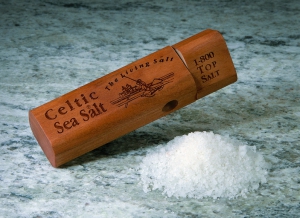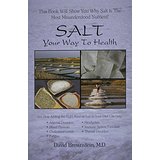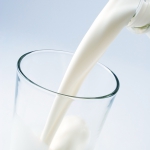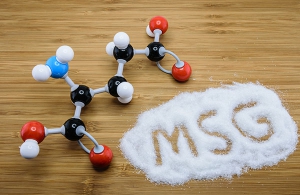 High quality sea salt is vital to health and well-being. I recently had the pleasure of meeting with Selina DeLangre, the owner of Celtic Sea Salt. We discussed the importance of using unprocessed, whole salt which leaves the naturally occurring, essential minerals intact. She assured me that absolutely no additives are added, nor anything removed from the salt that would alter it. Also Selina told me how she personally goes to each harvesting site around the world to inspect their harvesting and purity practices.
High quality sea salt is vital to health and well-being. I recently had the pleasure of meeting with Selina DeLangre, the owner of Celtic Sea Salt. We discussed the importance of using unprocessed, whole salt which leaves the naturally occurring, essential minerals intact. She assured me that absolutely no additives are added, nor anything removed from the salt that would alter it. Also Selina told me how she personally goes to each harvesting site around the world to inspect their harvesting and purity practices.
When I asked Selina her opinion on the differences between Himalayan Salt and Celtic Sea Salt, she pointed out that Himalayan salt is a mined product, whereas Celtic Sea Salt is a sustainable, living, harvested product.
 A great book to learn more about salt: Salt Your Way to Health by David Brownstein, M.D.
A great book to learn more about salt: Salt Your Way to Health by David Brownstein, M.D.




